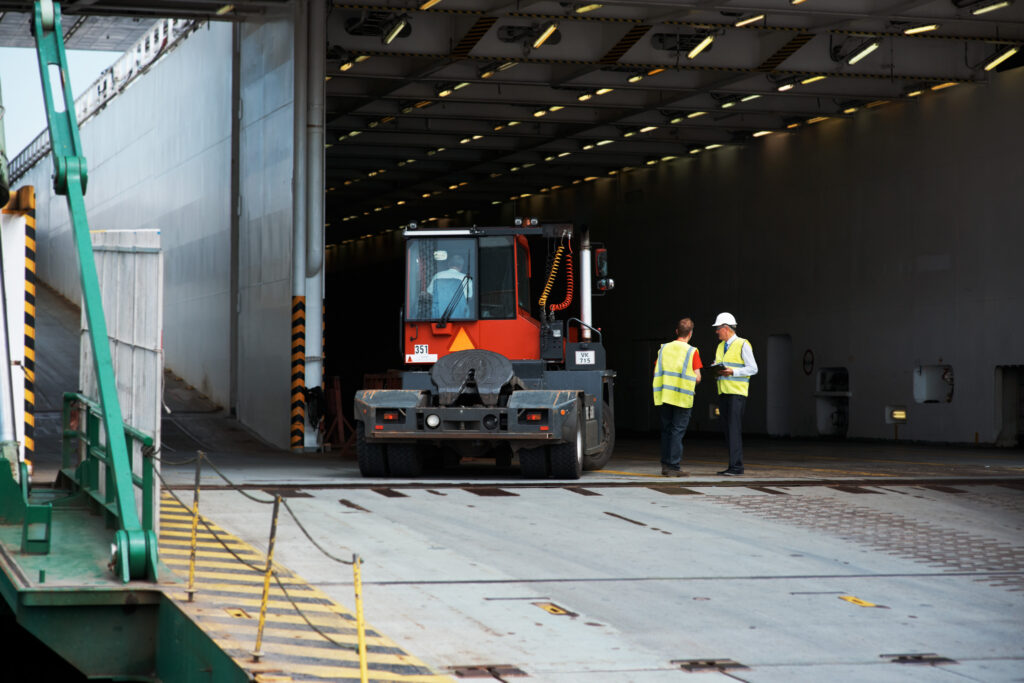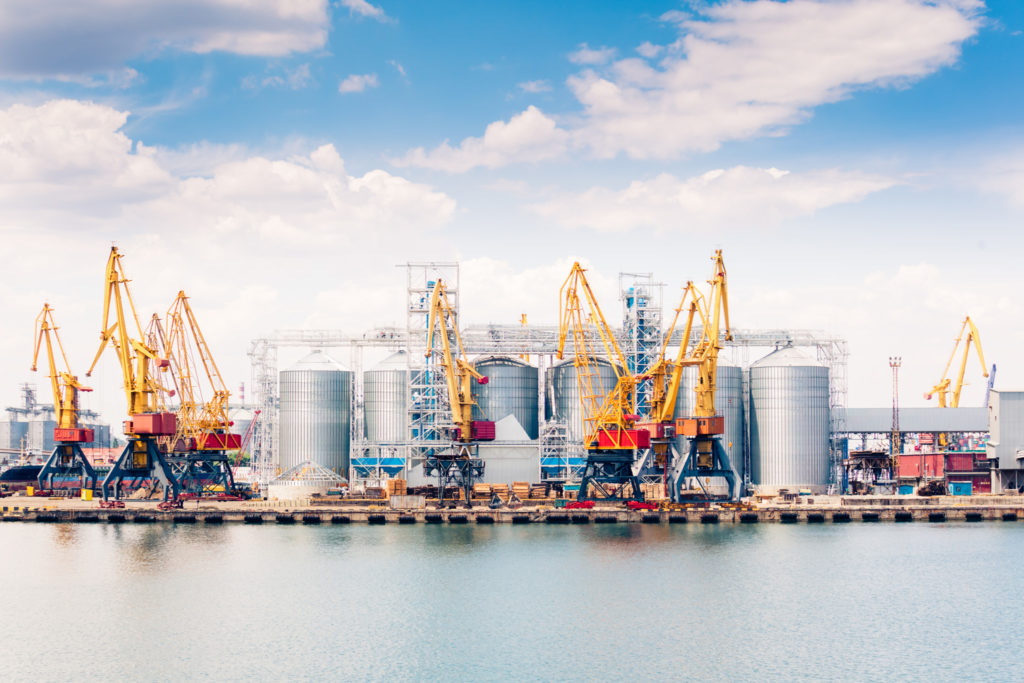Up to 30% of all online purchases end up back with the seller because of issues like sizing mistakes, quality problems, or simply ordering the wrong product. With such high return rates, every online retailer must understand reverse logistics – the process of sending a purchased product back to the seller or manufacturer. So, what exactly do reverse logistics involve, and what can your company do to make this part of the supply chain more efficient?
What Is Reverse Logistics?
In the standard supply chain process, goods and products move from suppliers to factories, distributors, and wholesalers before reaching stores and consumers. The meaning of “reverse logistics” is essentially the same process, but – you guessed it – in reverse: The product travels from the consumer back to the distributor.
Reverse logistics seeks to recoup the returned product’s value and/or recycle or dispose of it in the most cost-effective and environmentally friendly way. The core elements of reverse logistics, known as the Five Rs, are:
- Return
- Resale
- Repair
- Recycle
- Replace
Why Efficient Reverse Logistics Is Important
Returns are one of the biggest expenditures for online retailers. However, a smooth, easy, and consumer-friendly return policy is essential for businesses aiming to grow customer trust. When your business invests in cost-efficient reverse logistics, you gain:
- A better customer experience resulting from a streamlined return process
- Recouped value from the resold or otherwise reused products
- Reduced costs of distribution and storage
- Higher customer loyalty since people are likelier to buy products if they know they can count on easy returns
- A positive reputation of a company that stands behind its products and guarantees timely returns and refunds
- Improved sustainability if you can repurpose raw materials in new products
The Steps of Reverse Logistics
The following are the basic steps of reverse logistics:
1. Return Processing
Reverse logistics starts with the customer communicating their decision to return a purchase. This stage includes return authorization, defining the condition of the returned product, and scheduling a return shipment. The customer will then receive a refund and/or replacement of the faulty or wrong product.
2. Sorting
When a returned product returns to the warehouse or reaches a processing centre, it’s time to inspect it and decide where it goes next. The latter will depend on the condition of the product and the reason for its return. For instance, unused products in the original packaging would be eligible for reselling as new, while others may need fixing or refurbishment, and some products will undergo recycling or disposal.
3. Distributing Returns
Once your staff has determined where each item should go, the returned products will travel to the appropriate location. Speedy distribution will prevent pileups of returns, thus reducing waste.
4. Repair
At this stage of the reverse logistics process, the repairable items will undergo fixing or refurbishment, after which they may be sold at a reduced price. If the repairs fail, it may be possible to salvage usable product parts.
5. Recycling
Any items impossible to resell or reuse will ship to the appropriate recycling facility, where they will be disposed of in the most cost-efficient and eco-conscious manner possible.
Challenges in Reverse Logistics
Inefficient reverse logistics could create major losses, dampen customer satisfaction, harm your reputation, and undermine your brand. Nevertheless, many businesses struggle with the return-repair-resell-recycle process. These are some of the common challenges in reverse logistics:
- Time and expenses. Even the most streamlined reverse logistics process includes multiple steps like processing, customer support, transportation, inspecting returned items, and replacement deliveries, all of which take time and cost money.
- Inefficient return processes. All the steps of reverse logistics, like return processing, shipping, repackaging, reselling, repairs, and recycling, could involve delays. Any hitch in this flow may hinder the entire reverse logistics system.
- Warehouse space. Warehouse space may be insufficient to store, sort, and distribute all return orders, especially if your business is dealing with a surge of returns.
- Consumer fraud. Although most customers will initiate a return for legitimate reasons, like a product defect or a mistaken order, some dishonest people may exploit a return system, which could bump up costs for your business.
- Environmental regulations. Many Canadian businesses seek to reduce their carbon footprints in the supply chain, both as a company policy and in compliance with environmental regulations. Packaging choices and eco-friendly disposal methods may add another level of complexity to reverse logistics.
How To Improve Reverse Logistics
If you want to reduce costs for your business, you should work on improving the efficiency of all your warehouse logistics processes, including reverse logistics. The following steps could help you streamline your reverse logistics.
1. Reduce Returns
The most efficient way to cut reverse logistics costs is by reducing the number of returns. You can do this by offering faster, more responsive customer service and updating your product information. For example, a clearer size or colour chart will make it easier for customers to select the right product.
2. Create Clear Expectations
Clear and transparent return policies make everyone’s life easier. Customers need to know your company offers quick and hassle-free returns within specific timeframes.
At the same time, you should work on strategies to protect your business against consumer fraud and dishonest returns.
3. Streamline the Process
Including a return label and repackaging instructions with the original package will help process returns more quickly and efficiently. Your customers will be happier, and you’ll have a better chance of receiving any returned products in their original condition.
4. Track Your Reverse Supply Chain
Which are the biggest snags and most expensive steps in your reverse logistics? Identify which parts of the process take up the most resources and work to improve the efficiency of these points.
5. Make Space for Returned Products
Ensure your warehouses and other reverse logistics distribution points have enough space to handle returns, with dedicated areas for receiving and processing returned products.
Enjoy Seamless Logistics With Encore Deliveries
Streamline your retailer’s reverse logistics with Encore Deliveries’ advanced shipping services and supervised, climate-controlled warehouses across Canada. Get in touch with us today for a fast, detailed, and transparent service offer.



 Who We Are
Who We Are
 Our Advantages
Our Advantages
 Case Study
Case Study





